One Piece offers valuable lessons in storytelling that can inspire creators across various mediums. The anime excels in character development, showcasing multi-dimensional characters whose growth and backstories drive the narrative. It also masterfully incorporates lineage and heritage, using these elements to add depth to characters and the world they inhabit. Foreshadowing is another strength of One Piece, with subtle hints and clues that build anticipation and create a cohesive narrative.
The series also explores complex power dynamics and variables, adding layers of tension and strategy to the story. Worldbuilding is another key aspect, with One Piece creating a rich, diverse universe that feels alive and interconnected. Additionally, the anime addresses real-world issues like corruption, greed, and power struggles, making its themes relevant and thought-provoking.
One Piece also demonstrates the importance of cause and effect, where characters’ actions have meaningful consequences that shape the narrative. Its long-running success highlights the value of creating stories with timeless appeal, and its emotional depth shows the power of integrating genuine emotions into storytelling. Overall,
One Piece provides a blueprint for crafting engaging, immersive, and enduring narratives.
Table of Contents
1. Character Development Inspired by One Piece

One Piece excels in character development, creating a vast cast of multi-dimensional characters that resonate with audiences. Those inspired by One Piece can focus on the depth and evolution of characters, ensuring they are more than just surface-level figures. Characters like Luffy, Zoro, and Nami are individuals with dreams, flaws, and unique backstories that shape their motivations. Similarly, in creative projects inspired by One Piece, characters should be crafted with care, allowing audiences to see them grow and change over time.
Creators should aim to develop characters that connect with the audience on an emotional level. This involves delving into their histories, fears, and aspirations, just as One Piece does with its characters, who are defined by their pasts and dreams for the future. This depth not only makes characters more relatable but also enriches the audience’s experience by giving them a reason to care about the story’s outcome.
Moreover, One Piece demonstrates that character development should be consistent and progressive. Over hundreds of episodes, the characters evolve, facing challenges that test their resolve and force them to grow. Creators inspired by One Piece can apply this by designing character arcs that unfold gradually, revealing new facets of the characters’ personalities and histories as the story progresses. This approach ensures that the audience remains engaged and invested in the characters’ journeys, leading to a more immersive experience.
In summary, One Piece teaches that effective character development is about creating complex, evolving characters with whom the audience can emotionally connect. By integrating this lesson, creators can craft richer, more engaging narratives that stand the test of time.
2. Lineage and Heritage Inspired from One Piece

One Piece masterfully weaves lineage and heritage into its narrative, making them integral to the characters’ identities and the larger story. For those inspired by One Piece, this aspect offers valuable lessons in crafting deep, interconnected narratives that enrich the audience’s experience. In One Piece, lineage isn’t just a backstory element; it directly influences the plot and character motivations. Luffy’s connections to powerful figures like his father, Dragon, and his grandfather, Garp, add layers to his character and the stakes of the story.
In projects inspired by One Piece, incorporating lineage and heritage can add depth to characters and create a more immersive world. Creators can design characters whose family histories or ancestral legacies play a significant role in the narrative. This can manifest in various ways, such as inherited powers, family rivalries, or the responsibility to uphold a legacy. By doing so, the narrative can explore themes of identity, destiny, and the weight of the past, making the story more compelling for the audience.
Moreover, lineage can be used to create complex relationships and conflicts within the narrative. Just as One Piece uses the lineage factor to build alliances and rivalries, creators can design storylines where characters’ heritages affect their interactions with others. This can lead to rich, dynamic narratives where characters must navigate the complexities of family ties, bloodlines, and the consequences of their ancestors’ actions.
In addition, lineage and heritage can be tied to worldbuilding, influencing the cultures, traditions, and histories of the setting. This can make the world feel more lived-in and believable, as the audience uncovers the layers of history that have shaped the current state of affairs.
Overall, One Piece demonstrates that lineage and heritage are powerful tools in storytelling. Those inspired by One Piece can integrate these elements into their narratives to create deeper, more engaging experiences that resonate on a personal and emotional level.
3. Backstories and Justifications Inspired by One Piece
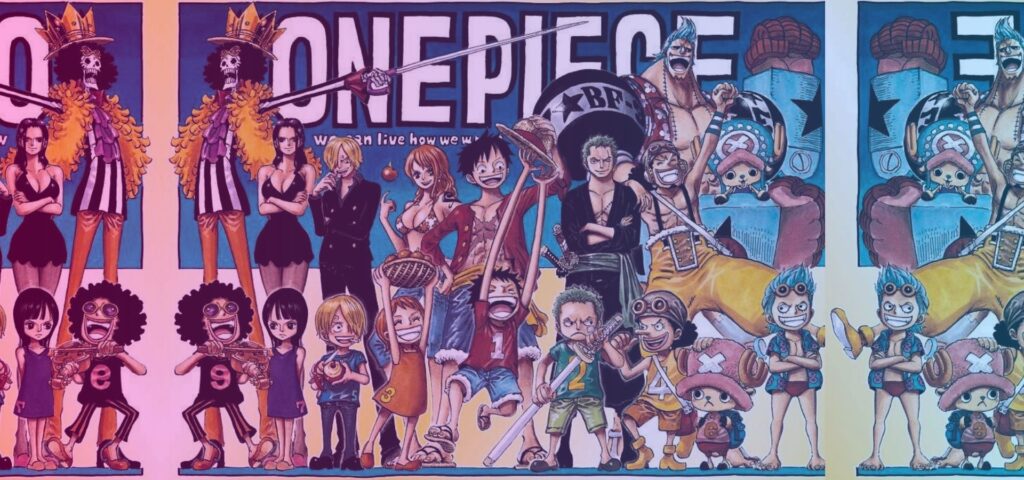
One Piece is renowned for its intricate backstories that provide justifications for characters’ actions and motivations. Each major character has a well-developed history that explains their current behavior, decisions, and goals. Those inspired by One Piece can take valuable lessons from this approach by creating believable and relatable characters with rich backstories that audiences can invest in emotionally.
Crafting detailed backstories adds depth to the narrative and helps the audience understand why characters act the way they do. Just as One Piece provides extensive flashbacks to reveal the hardships and experiences that shaped its characters, creators should aim to incorporate similar elements into their stories. These backstories should not be mere afterthoughts but integral parts of the character development process. They can be revealed gradually as the story unfolds, providing deeper insight into the characters’ motivations.
Moreover, backstories serve as powerful tools for justifying character motivations. In One Piece, characters like Robin and Sanji have compelling reasons for their actions, rooted in their pasts. Those inspired by One Piece can ensure that every significant action a character takes is supported by their history. This approach not only makes the characters more realistic but also enhances the overall storytelling by creating a cohesive narrative where every action has a reason.
Additionally, well-crafted backstories can drive the plot forward. In One Piece, characters’ pasts often come back to influence the present, creating new challenges and opportunities for development. Creators can use this technique to introduce plot twists, new arcs, or character developments that are directly tied to the characters’ histories, keeping the audience engaged and invested in the unfolding story.
In conclusion, One Piece highlights the importance of detailed backstories and justifications in storytelling. Those inspired by One Piece can use these elements to create richer, more immersive narratives where characters’ actions are deeply rooted in their personal histories, making the story more believable and engaging.
4. Foreshadowing Inspired by One Piece

One Piece is a masterclass in the use of foreshadowing, with subtle hints and clues planted early in the story that pay off much later in the narrative. This technique keeps the audience engaged, as they anticipate how these elements will unfold. Those inspired by One Piece can learn to incorporate foreshadowing into their narratives to enhance storytelling and maintain audience immersion.
Foreshadowing can be used to create anticipation and build tension in a story. By subtly hinting at future events, creators can keep audiences intrigued, encouraging them to pay attention to details and think critically about the narrative. This can be achieved through dialogue, visual cues, or symbolic elements that hint at upcoming plot twists, character developments, or key story arcs. For example, a seemingly minor detail introduced early in the story could later be revealed to have significant importance, rewarding attentive viewers.
Moreover, foreshadowing can be used to create a cohesive narrative that feels well-planned and intentional. In One Piece, the story is filled with early references to characters, events, and locations that become crucial much later. Those inspired by One Piece can adopt this approach by mapping out their story arcs in advance, ensuring that early narrative elements tie into later developments. This creates a sense of continuity and depth, making the story feel more interconnected and alive.
Foreshadowing also enhances the rewatchability of a series, as audiences may want to revisit the story to catch details they missed the first time around. This adds value to the narrative, as viewers can uncover new layers of the story with each viewing. It also contributes to a more immersive experience, as audiences feel rewarded for their attention to detail.
In summary, foreshadowing is a powerful storytelling tool that can be inspired by One Piece. By integrating subtle hints and clues throughout the narrative, creators can create a more engaging, cohesive, and immersive story that keeps audiences invested and eager to uncover every detail.
5. Power Dynamics and Variables Inspired from One Piece

One Piece intricately explores power dynamics, showcasing how different characters and factions wield influence and control. This aspect is crucial in creating tension and driving the plot forward. Those inspired by One Piece can learn from this approach by carefully balancing power dynamics and variables within their narratives to create a compelling and dynamic experience.
Power dynamics can be used to create a sense of progression and challenge. Just as in One Piece, where characters encounter increasingly powerful foes and complex alliances, stories can introduce varying levels of power among characters, factions, or environments that the audience must navigate. This can be achieved through narrative design where the balance of power shifts as the story progresses.
Moreover, understanding and manipulating power dynamics can enhance narrative depth. In One Piece, the balance of power is not static; it shifts as characters grow, alliances form, and conflicts arise. Those inspired by One Piece can implement similar dynamics by designing stories where characters or factions gain or lose power based on key events. This creates a more interactive and engaging experience, as the audience feels that the story world is dynamic and responsive.
Variables such as resources, alliances, and abilities can also be used to complicate power dynamics, adding layers of strategy and decision-making to the narrative. For example, characters might need to manage limited resources, choose between competing alliances, or strategically use their abilities to overcome more powerful opponents. These elements can make the story more challenging and rewarding, as the audience witnesses the shifting balance of power.
In conclusion, One Piece demonstrates the importance of power dynamics and variables in creating a compelling narrative. Those inspired by One Piece can integrate these elements into their stories, ensuring that the balance of power is dynamic and responsive, leading to a more engaging and immersive narrative experience.
6. Worldbuilding Inspired by One Piece
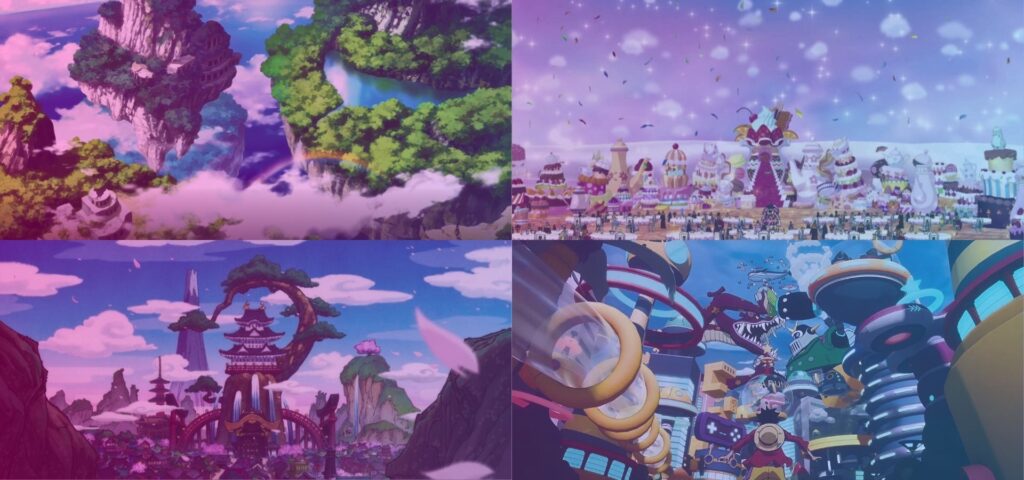
One Piece is a prime example of masterful worldbuilding, creating a vast and diverse universe that feels alive and interconnected. The anime’s world is rich with history, cultures, and unique locations, all of which contribute to the depth of the story. Those inspired by One Piece can take valuable lessons from this approach by focusing on detailed and immersive worldbuilding in their creative projects.
Worldbuilding is essential for creating a believable and engaging story world. Just as One Piece features a wide variety of islands, each with its own distinct culture, environment, and challenges, creators should strive to create diverse and detailed environments that audiences can explore. This involves not only designing visually appealing locations but also imbuing them with history, lore, and unique characteristics that make them feel like living, breathing parts of the story world.
Moreover, worldbuilding in One Piece is interconnected, with events in one part of the world often having ripple effects elsewhere. Those inspired by One Piece can replicate this by ensuring that their story’s world is dynamic, where actions or events in one area can influence other parts of the narrative. This creates a sense of a living world where everything is connected, enhancing the audience’s immersion and making the story feel more meaningful.
In addition, worldbuilding should include a strong sense of culture and history. One Piece excels in this by creating a world where different regions have their own customs, beliefs, and histories. Those inspired by One Piece can enhance their stories by creating detailed lore and cultural backgrounds for different locations or factions, adding depth to the narrative and providing the audience with a richer experience.
In summary, One Piece offers valuable lessons in worldbuilding that can be applied to any creative project. By creating diverse, interconnected, and culturally rich worlds, creators can enhance the depth and immersion of their narratives, making them more engaging and memorable for audiences.
7. Addressing Real-World Issues Inspired by One Piece

One Piece delves into real-world issues such as corruption, greed, and the pursuit of power, weaving them into its narrative in a way that resonates with audiences. Those inspired by One Piece can take inspiration from this by incorporating similar themes into their stories, adding layers of realism and relevance to the narrative.
Addressing real-world issues can make a story more compelling and relatable. Just as One Piece tackles complex themes like government corruption, social inequality, and the consequences of unchecked power, stories can explore these topics to create thought-provoking narratives that engage audiences on a deeper level. By integrating these themes, creators can craft narratives that reflect the complexities of the real world, allowing audiences to explore and reflect on these issues within the context of the story.
Moreover, addressing real-world issues can enhance the emotional impact of the narrative. In One Piece, characters often confront moral dilemmas and the harsh realities of their world, which adds depth to the story and makes the characters’ struggles more poignant. Those inspired by One Piece can similarly create emotionally resonant narratives by placing characters in situations where they must confront the consequences of greed, corruption, or power struggles. This can lead to more meaningful storytelling experiences, where the audience is not just entertained but also challenged to think critically about the issues presented.
In addition, addressing real-world issues can make a story more socially relevant and impactful. Stories have the power to influence audiences’ perspectives and raise awareness about important topics. By incorporating themes like corruption, greed, and power dynamics into the narrative, creators can use their stories as a platform to spark discussions and encourage the audience to consider the implications of these issues in the real world.
In conclusion, One Piece demonstrates the power of integrating real-world issues into storytelling. Those inspired by One Piece can learn to weave similar themes into their narratives, creating stories that are not only entertaining but also thought-provoking and socially relevant.
8. Cause and Effect Inspired by One Piece
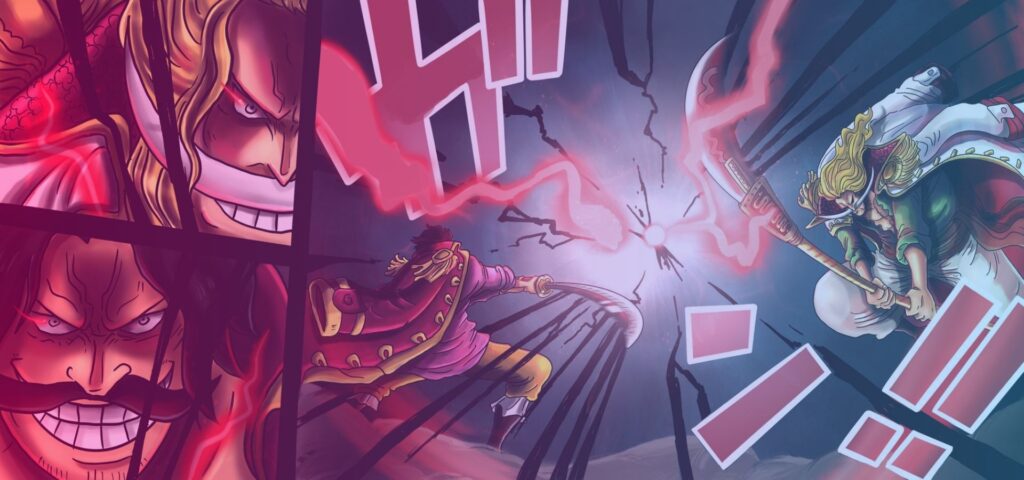
One Piece is known for its intricate cause-and-effect storytelling, where actions have meaningful consequences that shape the narrative. This approach keeps the story engaging and ensures that every event feels interconnected. Those inspired by One Piece can learn from this by incorporating cause-and-effect dynamics into their narratives to create a more dynamic and responsive story world.
The principle of cause and effect can be used to enhance the audience’s sense of investment in the story. Just as in One Piece, where characters’ decisions and actions have far-reaching consequences, narratives can be designed so that characters’ choices directly impact the story’s development. This can be achieved through branching storylines, where different decisions lead to different outcomes, or through plot mechanics that respond to the characters’ actions in real-time.
Moreover, cause-and-effect dynamics can make the story world feel more alive and believable. In One Piece, the world is shaped by the actions of its characters, with events in one part of the world influencing what happens elsewhere. Those inspired by One Piece can replicate this by creating interconnected systems where changes in one area affect other parts of the story. For example, a character’s decision to ally with one faction might lead to changes in the political landscape of the story world, opening up new opportunities or challenges.
Additionally, cause-and-effect mechanics can be used to create a sense of progression and stakes. In One Piece, the consequences of actions often escalate, leading to more significant challenges and developments. Those inspired by One Piece can use this approach to create a narrative that builds tension and keeps the audience engaged, as they must consider the long-term effects of characters’ actions.
In conclusion, One Piece teaches the importance of cause and effect in storytelling. Those inspired by One Piece can apply this lesson by designing narratives where characters’ actions have meaningful consequences, creating a more immersive and responsive story world that feels alive and interconnected.
9. Timeless Continuation Inspired by One Piece
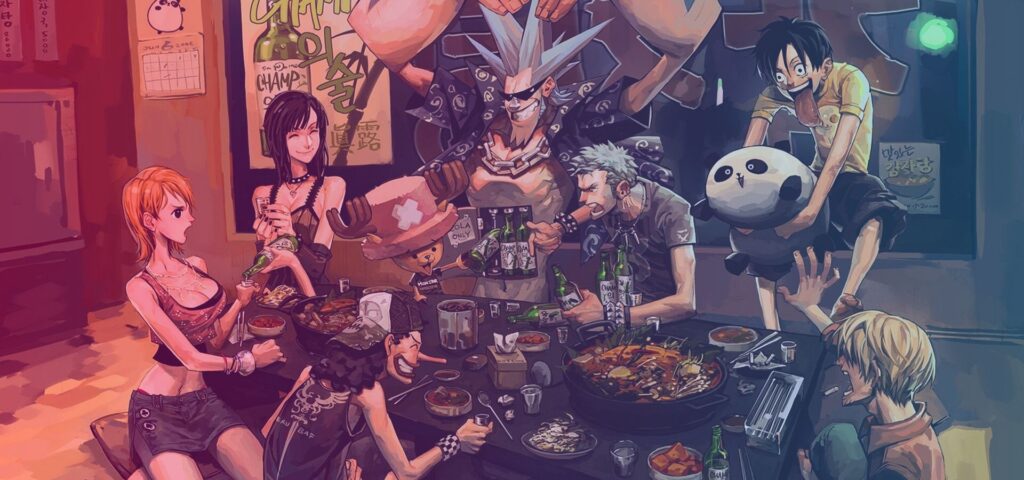
One Piece is a testament to the power of a well-crafted, long-running narrative that has maintained its relevance and appeal over decades. The anime’s ability to continue its story while retaining its core themes and characters is a lesson in creating timeless narratives. Those inspired by One Piece can learn from this by focusing on creating stories with narratives that can stand the test of time.
Timeless continuation means designing narratives that remain engaging and relevant even as trends and technologies evolve. Just as One Piece has managed to keep its audience invested over the years, stories should be built with longevity in mind, ensuring that their themes and character development do not become outdated quickly. This can be achieved by focusing on universal themes, such as friendship, justice, and adventure, which resonate with audiences across generations.
Moreover, creating a story that can continue to evolve over time is crucial. One Piece excels in this by introducing new characters, challenges, and plotlines while staying true to its original themes and characters. Those inspired by One Piece can adopt a similar approach by designing stories with expandable narratives that allow for sequels, spin-offs, or new arcs without losing the essence of the original story. This not only keeps the narrative relevant but also provides opportunities for continued audience engagement.
Additionally, timeless continuation involves creating a world that audiences want to return to repeatedly. One Piece has built a rich, immersive world that fans are eager to explore, with each new arc adding depth and complexity. Those inspired by One Piece can achieve this by investing in detailed worldbuilding and creating open-ended narratives that encourage exploration and discovery, keeping audiences engaged long after the initial story is told.
In summary, One Piece offers valuable lessons in creating narratives and worlds that stand the test of time. Those inspired by One Piece can learn to design stories with timeless appeal by focusing on universal themes, expandable narratives, and immersive worlds that keep audiences coming back for more.
10. Emotional Integration Inspired by One Piece

One Piece is renowned for its ability to evoke a wide range of emotions, from joy to sorrow, through its storytelling. The anime’s emotional depth is one of its strongest assets, allowing viewers to connect with the characters and their journeys on a personal level. Those inspired by One Piece can learn from this by focusing on emotional integration in their storytelling, creating narratives that resonate with audiences on a deeper, more personal level.
Emotional integration means designing stories, characters, and experiences that evoke genuine emotions from audiences. Just as One Piece uses character-driven storytelling to create emotional moments, stories should be crafted with an emphasis on the emotional journeys of their characters. This can be achieved through well-developed character arcs, meaningful dialogue, and scenarios that challenge audiences emotionally, whether through difficult choices, unexpected losses, or triumphant victories.
Moreover, emotional integration can enhance audience immersion and investment in the story. In One Piece, moments of emotional intensity often deepen the audience’s connection to the characters and the story. Those inspired by One Piece can replicate this by designing key moments in their narratives that are emotionally charged, such as a pivotal plot twist, a character’s sacrifice, or a moment of personal growth. These moments can create lasting memories for audiences, making the storytelling experience more impactful and meaningful.
Additionally, emotional integration can be used to drive the narrative forward. In One Piece, the characters’ emotional motivations often propel the story, influencing their decisions and actions. Those inspired by One Piece can incorporate this by ensuring that the emotional stakes are high throughout the narrative, with the characters’ feelings and motivations directly impacting the plot. This creates a more cohesive and engaging narrative where the audience’s emotional engagement is constantly maintained.
In conclusion, One Piece highlights the importance of emotional integration in storytelling. Those inspired by One Piece can learn to craft emotionally resonant stories by focusing on character development, emotionally charged moments, and narratives that evoke a wide range of emotions, leading to a more immersive and memorable audience experience.

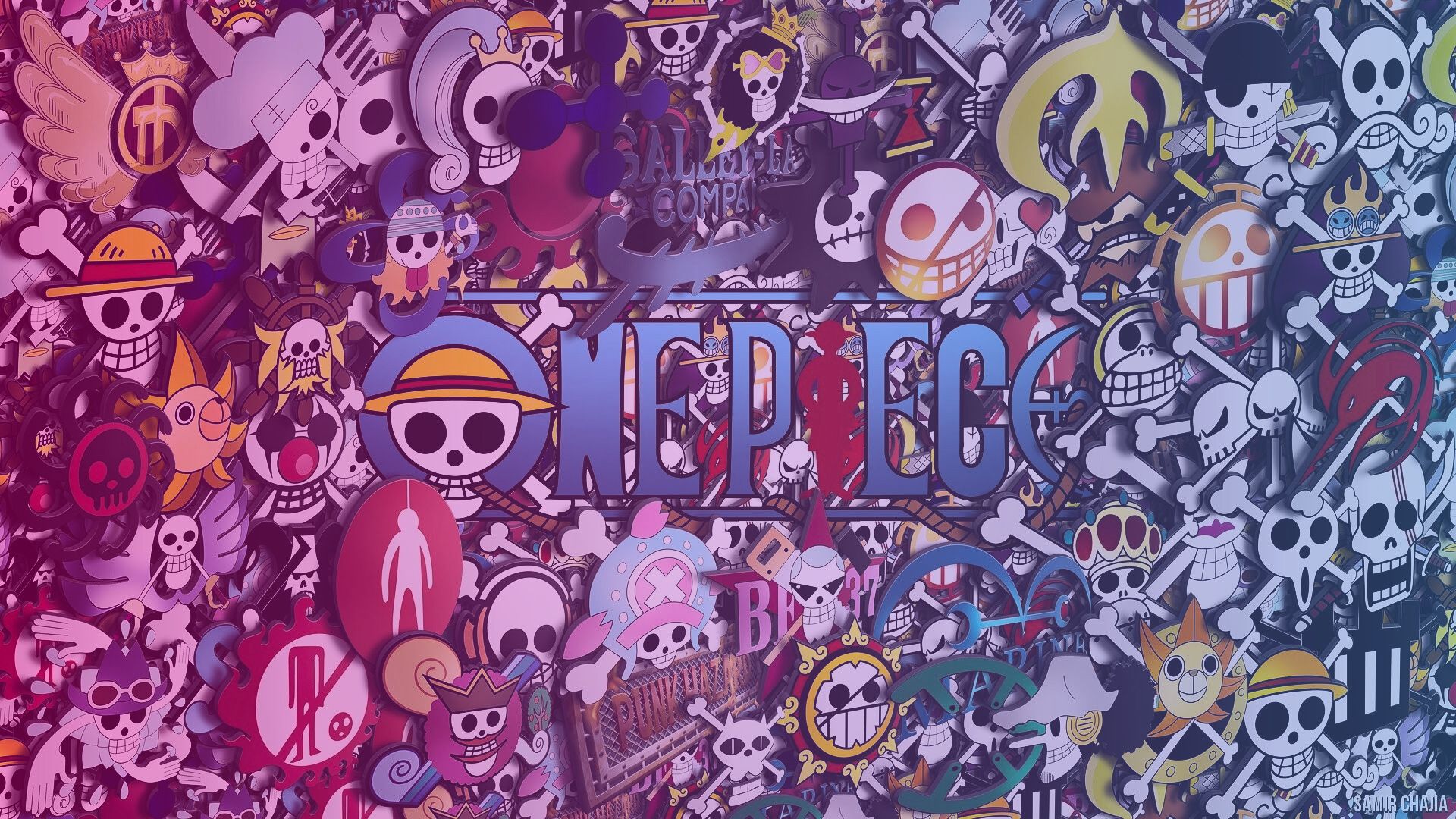



Hiya! I simply wish to give a huge thumbs up for the nice information you may have here on this post. I will be coming again to your blog for more soon.
Very interesting details you have observed, regards for putting up.
Hello!
Good cheer to all on this beautiful day!!!!!
Good luck 🙂
Very good I really like this
your support is much appreciated